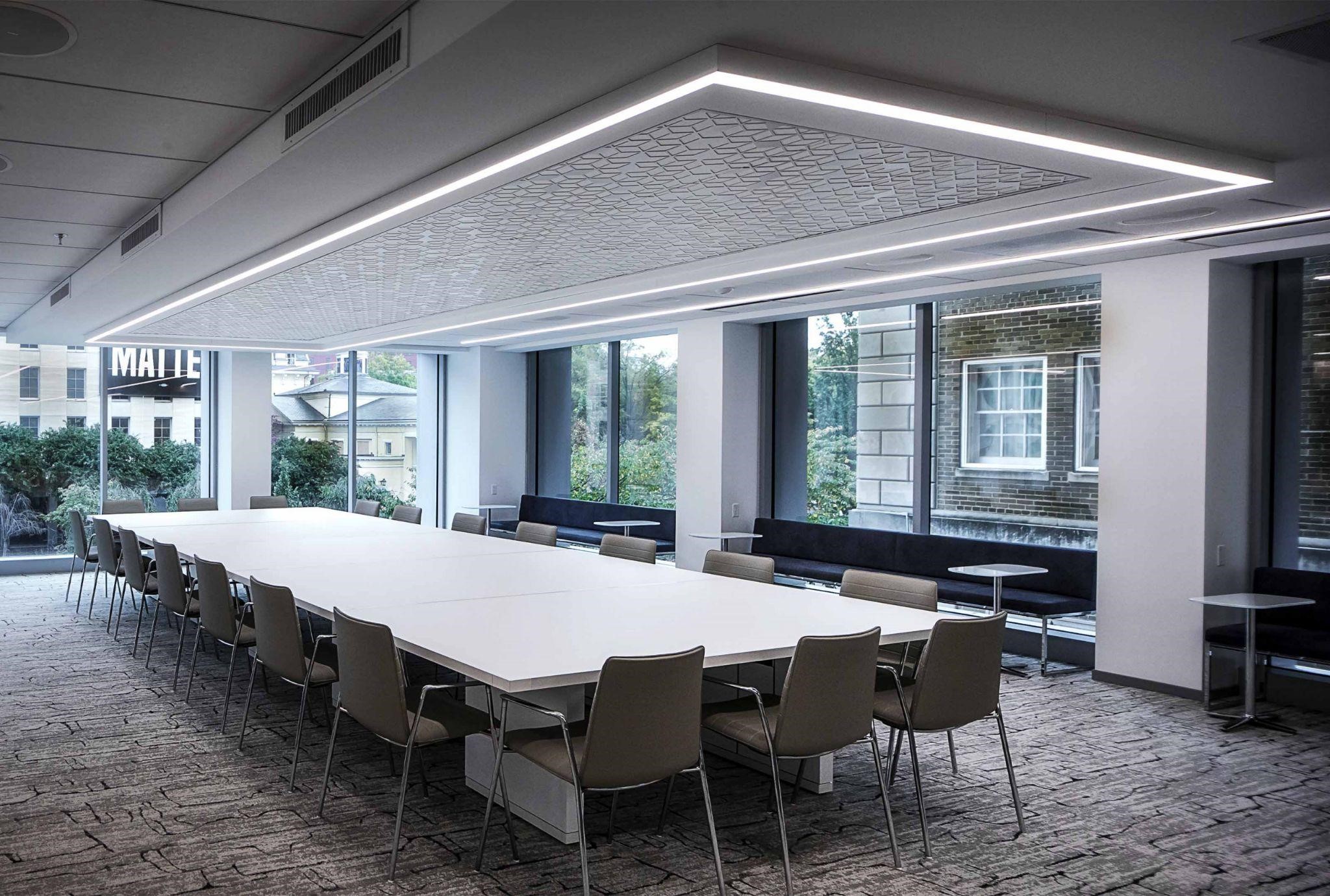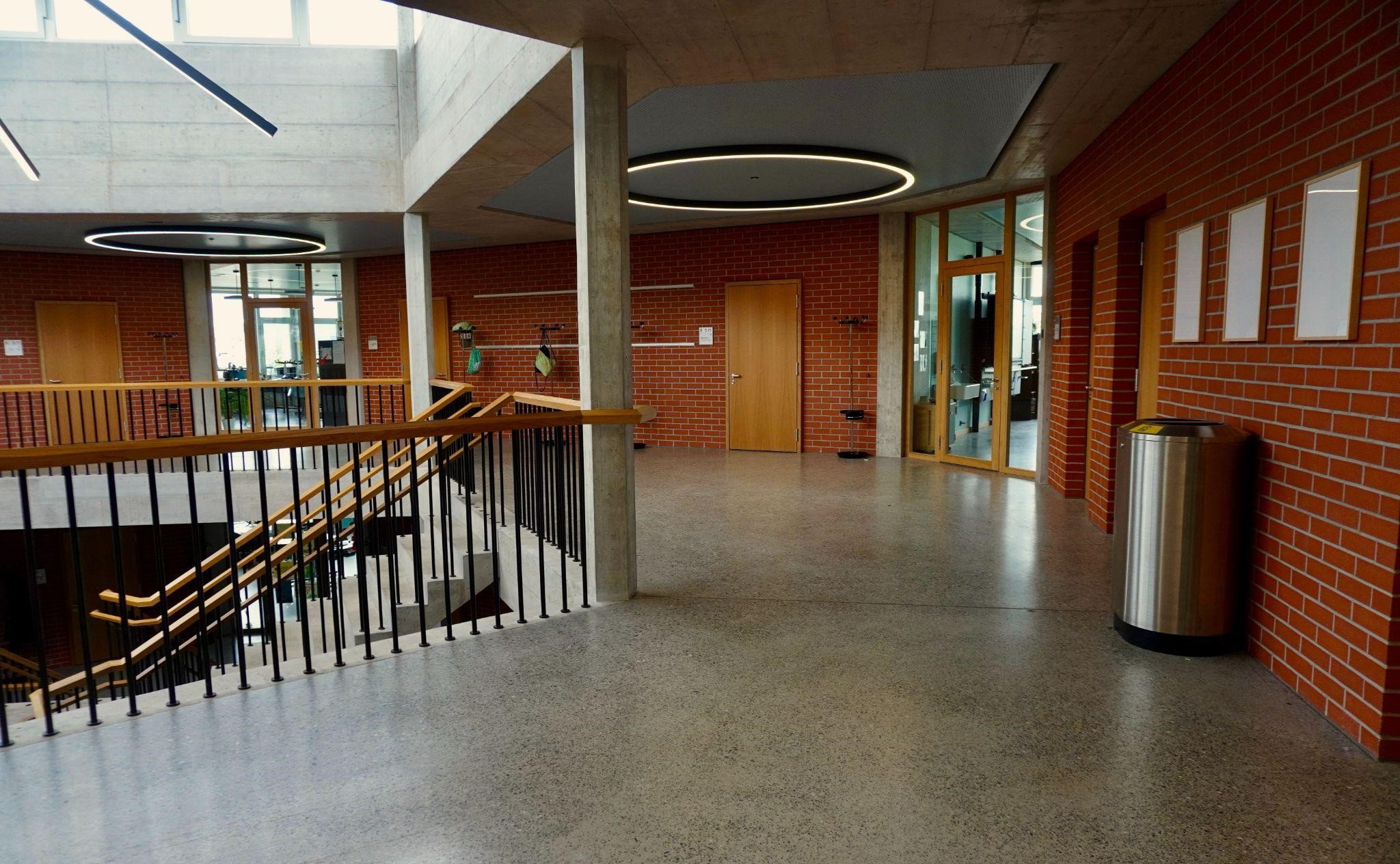When planning a new architectural project, it is critical that building materials be able to serve the needs of the latest design trends. Among the most important factors to consider when choosing materials are cost, aesthetics, durability, ease of use, and sourcing methods. With that said, the following breakdown looks at some of the most innovative building materials on the market today and explores how they can be used in place of more traditional options for contemporary architectural projects.
1. Composite Roofing
Many houses and residential buildings have traditionally been roofed with asphalt shingles or wood shakes. While these products mesh well with a wide variety of buildings and provide solid protection when new, they can quickly begin to degrade in the face of UV exposure and inclement weather, sometimes cracking, raising, or blistering in as little as 10 years.
More durable roofing products, such as slate, ceramic tile, or metal, come with their own set of issues. First, the price tag for these products can be precipitous. In addition, these products can be quite heavy and difficult to work with, often requiring the expertise of a professional skilled in their application and the use of heavy machinery to maneuver the roofing into place.
As a result, many contemporary architectural projects are considering the benefits of composite roofing. Fabricated using a mixture of fiberglass, asphalt, and recycled paper, it is an environmentally friendly roofing solution that is lightweight and easy to work with. In addition, it can be created in a number of attractive colors and designs, yielding synthetic asphalt, slate, or wood roofs that are nearly indistinguishable from the product it imitates. Equipped with the highest impact and fire ratings, most composite roofing comes with a minimum 50-year warranty but will likely be good for the life of the building itself.
2. Acoustic Ceiling Insulation
Many corporate offices are being designed using the open floor concept in place of traditional office blocks and cubicles. While this open design has many benefits, such as increased light flow throughout the building and easier collaboration among professionals, one challenge is making sure that sound does not transfer to unwanted areas of the building.
Modular partitions are one popular solution for buffering sound and creating temporary private workspaces. Another is the use of decorative ceiling panels to provide some acoustic insulation. In addition to dampening sound transfer by up to 95%, modern ceiling panels can be fabricated into interesting patterns that complement interior design aesthetics in ways that traditional drop-ceiling insulation cannot match.
3. Bamboo Plywood
The cost of harvesting timber is steep, not only in terms of dollars and cents but also in the way of environmental impact. It can take decades for some species of trees to be harvest-ready, leading to deforestation concerns that threaten the habitat of many important organisms.
As a result, bamboo is a popular product to use in place of timber. While its finished appearance is nearly indistinguishable from natural wood products, bamboo is actually considered a grass, with a sowing-to-harvest cycle of less than five years. It can also be grown much more densely than timber, providing a higher yield per square acre. Although bamboo is traditionally thought of as a hardwood flooring alternative, innovative uses for bamboo plywood are increasingly being explored, such as in bathroom vanities, kitchen cabinetry, and custom furniture.
4. Subfloor Heating
One of the primary concerns in modern architecture is designing in ways that limit energy consumption. As the HVAC system in most commercial buildings typically accounts for more than 40% of the total energy bill, finding means to limit heating and cooling requirements will go a long way to defray these costs.
Radiant floor heat insulation is a creative way to eliminate cold pockets in buildings. Using a series of subfloor heating mats, this innovative system slowly radiates heat up through the floor throughout the day, similar to the way that a stove set to a low heat setting keeps a pot full of soup warm all day long. Radiant floor heating is especially effective for hard floors, such as tile or concrete, that are known to get frigid in the early hours of the morning.
5. Architectural Grilles
Millennials are notably moving out of the cities in search of fresh spaces. This exodus is giving architects and developers the chance to reimagine and renovate historic downtown and industrial areas.
As it can be difficult to completely change the face of a building that is part of an established urban district, a creative solution is through the use of architectural grilles. These innovative structures can add an element of architectural intrigue to a building’s facade, breaking the monotony of a row of concrete building fronts. They are also beneficial to a building’s interior, helping manage the flow of natural light and serving as a visual buffer from any street-side distractions.
6. Quartz Counter tops
Stately countertops, such as marble, granite, and concrete, have long been staples of upscale buildings. While these products are durable and provide elite aesthetics, they do have some drawbacks. First, the price tag is prohibitive for some projects’ budgets. Furthermore, they are very heavy and difficult to work with, often restricting access to the area in which they are being installed for an extended period. Finally, they tend to be porous, requiring frequent sealing to prevent staining and unwanted bacteria buildup.
An innovative alternative to these traditional products is countertops made from engineered quartz. As one of the most abundant minerals in the earth’s crust, quartz is an easy material to mine. It is then ground down into a fine powder and bound using an epoxy resin, providing a nonporous finish that other stone countertops cannot match. As quartz comes in many unique colors, it can be engineered in a wide variety of designs, making it a strong choice for the tables and counters in community areas, such as in commercial laundromats or in package preparation spaces near apartment mailboxes.
The Most Innovative Materials in Architecture
Architects are constantly on the lookout for building materials that can help them execute their designs at the highest level. In 2021, the best materials must be durable, visually appealing, easy to work with, and sustainably sourced. By exploring any of the innovative building materials listed above, designers can find creative solutions for their contemporary architectural projects.




